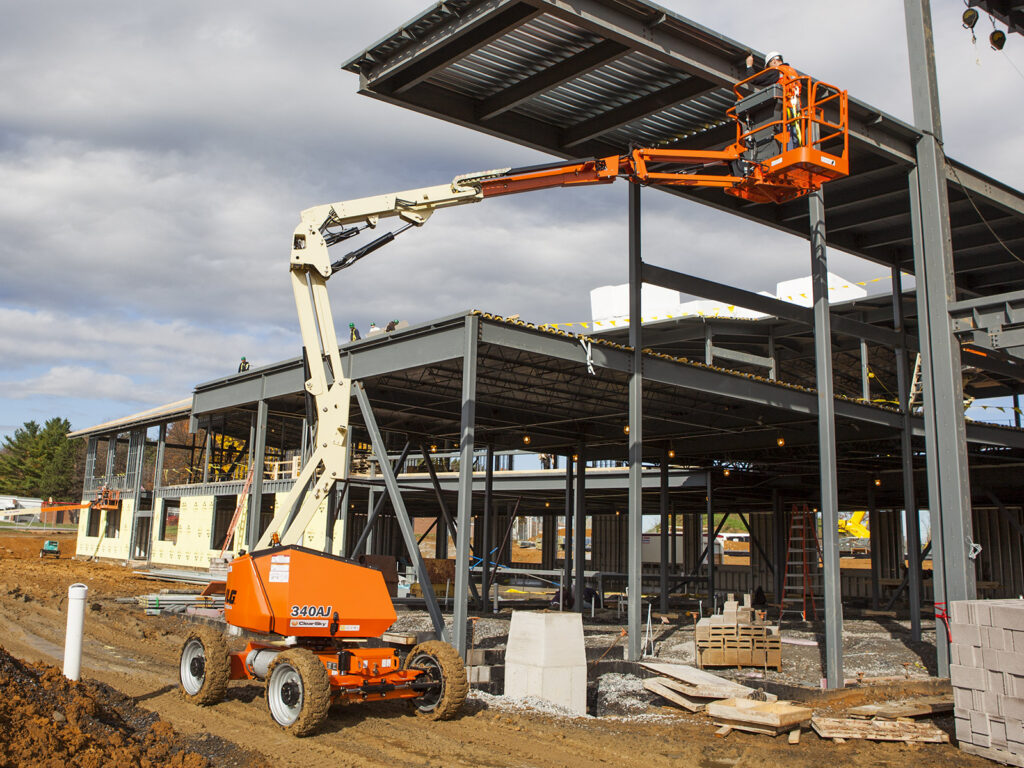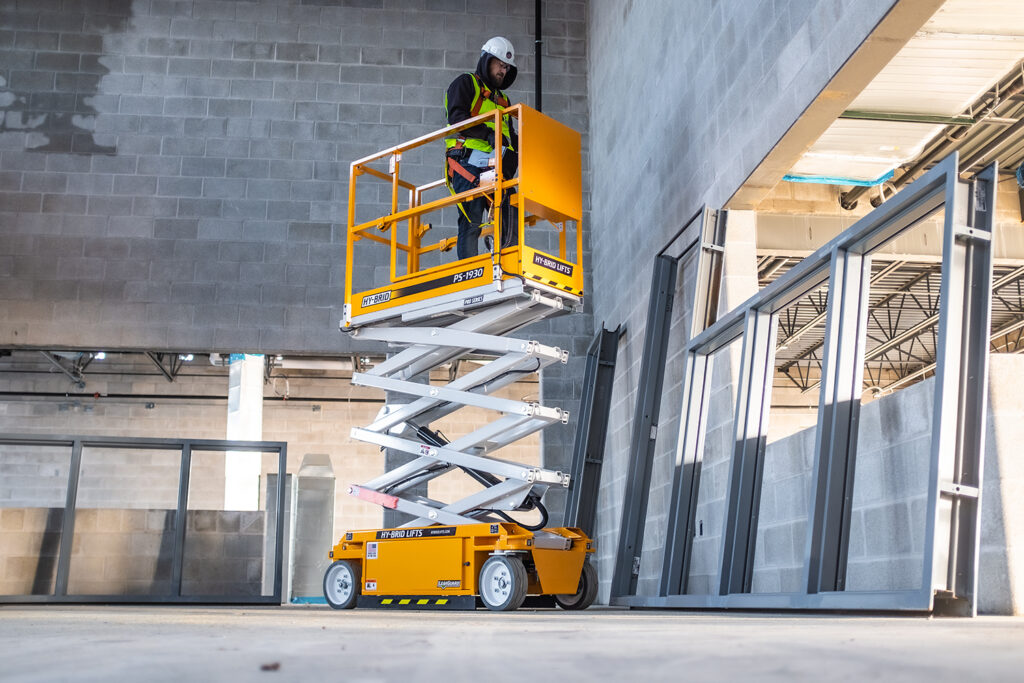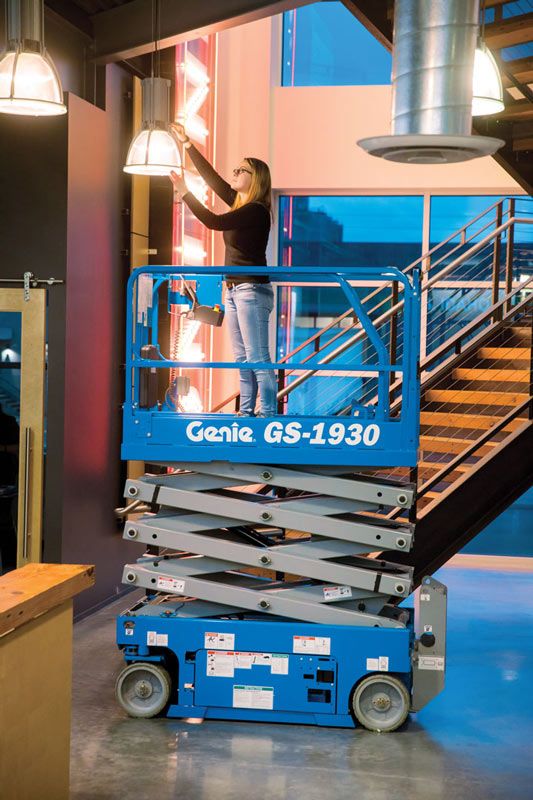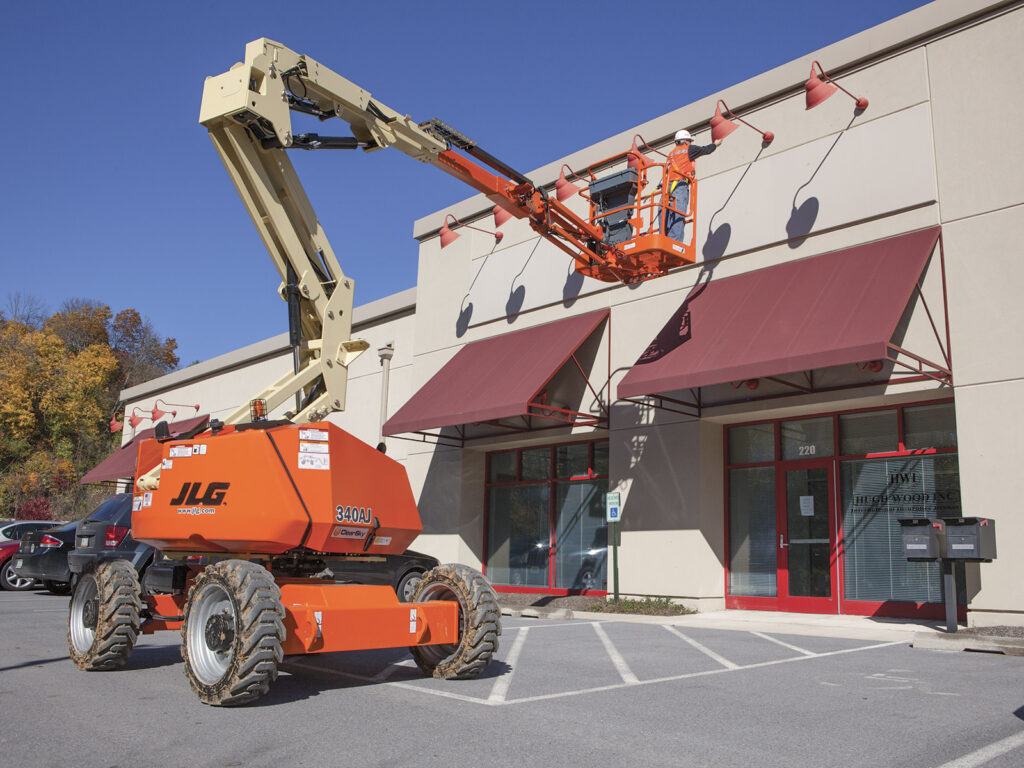In the construction industry, equipment such as scissor lifts and boom lifts are essential tools, providing workers with access to elevated work areas, which would otherwise be impossible to reach. However, these machines also introduce unique hazards that can lead to accidents and injuries if not properly managed. Therefore, the importance of safety when using scissor lifts and boom lifts in construction cannot be overstated. Today we will examine the specific safety concerns related to these lifts and explain how proper training, usage, maintenance, and adherence to safety regulations can mitigate these risks.

Scissor lifts and boom lifts, often categorised under the umbrella term “elevated work platforms” (EWPs), serve distinct purposes but share similar safety concerns. Scissor lifts provide vertical elevation via crossed beams functioning like a pair of scissors, while boom lifts offer more flexible movement with their extendable arm that can reach up, out, and over obstacles. Though these lifts bring undeniable advantages in terms of productivity and efficiency, they also present potential hazards, including falls, tip-overs, and crushing injuries, which underline the vital role of safety protocols.

Falls from height are among the most significant hazards associated with EWPs. These can occur if a worker is not securely fastened to the platform or if the platform is unsteady due to overloading or improper positioning. Moreover, tip-overs can occur if the machine is used on uneven ground or in adverse weather conditions. Crushing injuries can happen if a body part becomes trapped between the platform and another object, or if the lift comes into contact with overhead obstacles while moving upwards. Electrical hazards are also a risk if the lift comes into contact with power lines.

Proper training and certification for operators of scissor lifts and boom lifts are fundamental to minimizing these risks. Training should not only encompass how to operate the equipment, but also how to recognize potential hazards and deal with them. The Workplace Health and Safety legislation mandates specific training requirements for operators, which, if followed, greatly enhances safety levels.
Regular inspections and maintenance of scissor lifts and boom lifts are crucial for maintaining their safe operation. Before each use, operators should perform a pre-operation inspection, which includes checking the operating and emergency controls, safety devices, personal protective devices, and checking for any potential leaks in air, hydraulic fluid, or fuel systems. Regular preventative maintenance as per the manufacturer’s recommendations is equally vital, addressing issues like parts wear and tear before they can lead to accidents.

Operators should always adhere to the equipment’s guidelines and limits. Overloading, improper positioning, or using the lift on unstable or uneven ground can lead to dangerous situations. Operators should also ensure that they’re using the correct type of lift for the job and environment. For instance, some lifts are designed specifically for indoor or outdoor use, and using them in the wrong environment can lead to instability and other risks.
Several safety measures should be followed during operation. Workers should always use safety harnesses or other restraint systems to prevent falls. Also, lift operators should be mindful of their surroundings, aware of overhead obstacles, and avoid high-risk areas such as power lines. It’s crucial to ensure that only trained personnel operate the lift and that bystanders and other workers are kept at a safe distance to avoid accidents.

The use of scissor lifts and boom lifts in construction undeniably brings about increased productivity and efficiency. However, their operation comes with inherent risks that can lead to serious injuries or even fatalities if safety precautions are not observed. Proper training and certification of operators, regular inspections and maintenance of the equipment, correct usage, observance of safety measures during operation, and strict adherence to safety regulations are all essential in maintaining a safe working environment. Safety must always be the priority, as it not only protects the workers but also enhances the overall efficiency and success of any construction project.